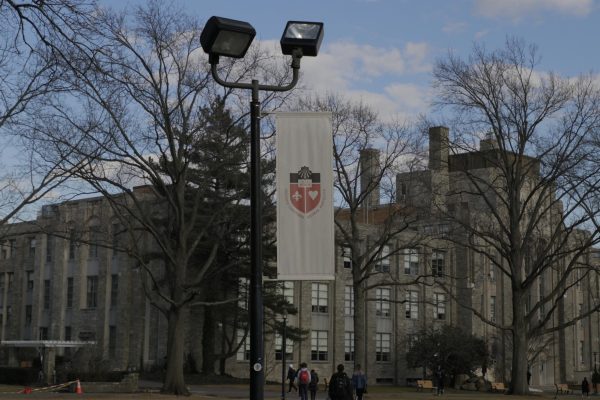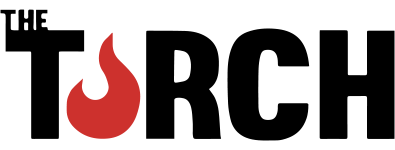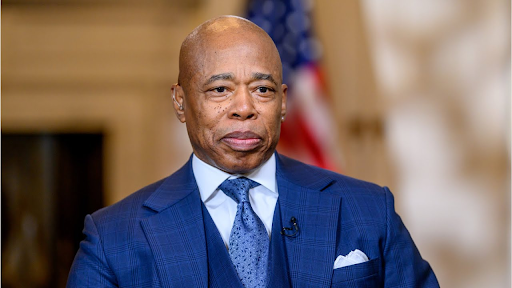
Racism and discrimination don’t have a place on our campus, regardless of who’s sending out the initiative. And following the Trump administration’s recent “Dear Colleague” letter now is the most important time to understand this reality.
On Feb. 14, the Department of Education (DOE) sent out the letter, which outlined new guidelines that federally funded colleges must follow. These mostly revolved around removing race as a consideration in its hiring and admissions processes. The DOE’s ambitions didn’t end with this either, as the department has also begun a series of investigations into the Diversity, Equity and Inclusion (DEI) programs of more than 50 universities across the country.
St. John’s University was not included in the schools listed in the DOE press release concerning the investigations, but a thorough response to the mandate is still pending.
University spokesperson Brian Browne stated on Feb. 24 that the situation is being closely monitored. While they believe that current policies are compliant, he also stated that a group of University leaders are in the process of “reviewing programs and policies” based on the directive and the school’s commitment to “upholding Catholic and Vincentian values while remaining compliant with the law.”
The legality of the Trump Administration’s actions is currently under judicial review. In the meantime, our University leaders have a responsibility to do everything in their power to not capitulate to the directive.
St. John’s is an incredibly diverse school. According to College Factual, over 57% of the student body is non-white. Emphasizing an ethnically rich environment is a core aspect of what the school has become. Universities are places where students should be exposed to a wide variety of backgrounds they may not have been familiar with prior, deepening their understanding of the different cultures that make this country what it is.
There are also structural reasons that play a major role in the importance of DEI initiatives. Hispanics and African Americans—who are the second and fourth most represented groups at the school—have significantly lower median household incomes than their white counterparts.
More money means being able to pay for more tutoring, enriching extracurricular activities and better schools that offer a wide variety of courses, summer programs, and other benefits. Lower-income demographics are disproportionately setbacks compared to their wealthier counterparts.
DEI initiatives factor in this disparity and attempt to level the playing field for those who are not lucky enough to grow up in a rich family.
In 1870, the Bishop of Brooklyn requested that a school be created in the city to educate the rising number of immigrants entering the city. Our school was the result—St. John’s was founded on and pillared by a particular commitment to “those lacking economic, physical or social advantages.”
Grants such as the Janetschek Diversity & Inclusion Scholarship Fund, given to historically underrepresented demographics at the university, validate those characteristics.
In a world of discrimination, there would be no use for DEI initiatives in education or any setting. But for now, they’re one of the best mechanisms for tackling structural hurdles minorities have and continue to face.
You can’t have a colorblind approach in a society where one’s complexion can predict your circumstance.









